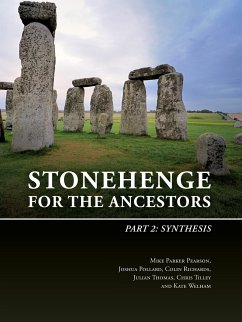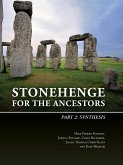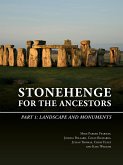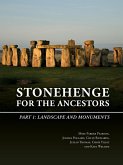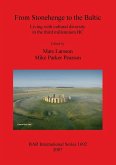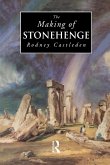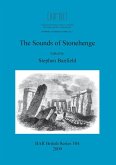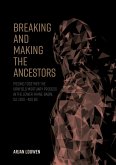For many centuries, scholars and enthusiasts have been fascinated by Stonehenge, the world's most famous stone circle. In 2003 a team of archaeologists commenced a long-term fieldwork project for the first time in decades. The Stonehenge Riverside Project (2003-2009) aimed to investigate the purpose of this unique prehistoric monument by considering it within its wider archaeological context.This is the second of four volumes which present the results of that campaign. It includes studies of the lithics from excavations, both from topsoil sampling and from excavated features, as well as of the petrography of the famous bluestones, as identified from chippings recovered during excavations. Other specialist syntheses include soil micromorphology. The volume provides an overview of Stonehenge in its landscape over millennia from before the monument was built to the last of its five constructional stages. It includes a chapter placing Stonehenge in its full context within Britain andwestern Europe during the third millennium BC.With contributions by:Richard Bevins, Ben Chan, Rob Ixer, Charles French and Douglas MitchamContentsPREFACEACKNOWLEDGEMENTS1. Before Stonehenge: the Mesolithic and earlier NeolithicM. Parker Pearson, J. Pollard, C. Richards, J. Thomas, C. Tilley and K. Welham2. Stonehenge Stage 1: the Late NeolithicM. Parker Pearson, J. Pollard, C. Richards, J. Thomas, C. Tilley and K. Welham3. Stonehenge Stage 2: the end of the Late NeolithicM. Parker Pearson, J. Pollard, C. Richards, J. Thomas, C. Tilley and K. Welham4. Stonehenge Stage 3: the ChalcolithicM. Parker Pearson, J. Pollard, C. Richards, J. Thomas, C. Tilley and K. Welham5. Stonehenge Stage 4: the Early Bronze AgeM. Parker Pearson, J. Pollard, C. Richards, J. Thomas, C. Tilley and K. Welham6. Stonehenge Stage 5: the Early-Middle Bronze AgeM. Parker Pearson, J. Pollard, C. Richards, J. Thomas, C. Tilley and K. Welham7. Stonehenge in its context: monuments and society in Britain and westernEuropeM. Parker Pearson, J. Pollard, C. Richards, J. Thomas, C. Tilley and K. Welham8. Lithic scatters from the ploughsoil in the Stonehenge landscapeD. Mitcham9. Investigating traditions of stone-working and inhabitation in the Stonehenge landscape: the lithic assemblages of the Stonehenge Riverside ProjectB. Chan10. The petrography of bluestones and other lithicsR. Ixer and R. Bevins11. The micromorphology of buried soils and associated sediments in the Stonehenge environsC.A.I. French
Hinweis: Dieser Artikel kann nur an eine deutsche Lieferadresse ausgeliefert werden.
Hinweis: Dieser Artikel kann nur an eine deutsche Lieferadresse ausgeliefert werden.

